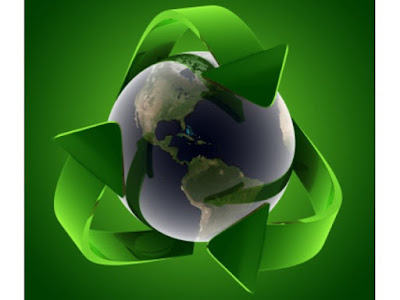
Classification of Pollution and Pollutants:
Pollution
is defined as the presence of impurities or pollutant substances in
sufficient concentration levels, causing harmful effects on human
beings, animals, plant life or material resources when exposed for a
sufficient duration of time, thus reducing the quality of life in the
environment.
Pollution is the
effect of undesirable changes in our surroundings that have harmful
effects on plants, animals and human beings. Pollutants include solid,
liquid or gaseous substances present in greater than natural abundance,
produce due to human activity, which have a determined effect on our
environment.
The nature and concentration of a pollutant determine the severity of
its detrimental effects on human health. Impurities released directly
from the source of origin are known as primary pollutants, for example,
CO, SO2, NO. When contaminants like HC, NO, O3,
combine in the atmosphere (moisture, sunlight) to form new products like
PAN (peroxy acetyl nitrate), petrochemical smog, formaldehyde, which
are known as secondary pollutants.
From an ecological perspective,
pollutants can be classified as degradable, slowly degradable and
non-degradable. The Degradable or called as non-persistent pollutants
can be rapidly broken down by natural process. For example domestic
sewage, discarded vegetables, Slowly-degradable or persistent pollutants
are pollutants that remain in the environment for many years in an
unchanged condition and take decades or longer to degrade.
For
example, DDT (pesticides) and most plastics. The Non-degradable
pollutants cannot be degraded by natural process. Once they are released
into the environment they are difficult to eradicate and continue to
accumulate: For example, toxic elements like lead or mercury, and
nuclear wastes.
Causes:
The ultimate cause of
pollution is human activity itself. Pollution is a human contribution to
nature. Human activities mainly include: industries for various human
needs both directly and indirectly, agriculture for food production and
industrial needs, health care for health of human beings and animals,
transport for mobility of human beings, dwelling for settlement in city
or villages, energy for various direct human and industrial needs.
All of these activities contribute to pollution in one way or other
and therefore causes miseries. All of them are aimed to be part of human
welfare programmes. Along with welfare, all of them have brought the
maladies of pollution.
A vast array of industries can cause
pollution contrary to popular perception that only a chemical industry
can cause pollution. The nature and intensity of pollution may be
different in different industry. In others, it may be invisible,
indirect or negligible. In such a broad sense, no industry is free of
pollution.
Effects of Pollution:
Pollution produces
physical and biological effects that vary from mildly irritating to
lethal. The more serious of the two are the biological effects. The
physical effects of pollution are those that we can see, but they
include effects other than actual physical damage. Oils spills, killing
fish birds, coal produce sox, particulates etc., are considered as
physical effects. Air pollutants speed the erosion of statues and
buildings, which in some instances, destroys works of art.
The
most serious result of pollution is its harmful biological effects on
human health and on the food-chain of animals, birds, and marine life.
Pollution can destroy vegetation that provides food and shelter. It
disrupts the balance of nature, and, in extreme cases, can cause the
death of humans. Pesticides, which include herbicides and insecticides,
can damage crops; kill vegetation; and poison birds, animals, and fish.
Most
pesticides are non-selective; they kill or damage life forms other than
those intended For example, pesticides used in an effort to control or
destroy undesirable vegetation and insects often destroy birds and small
animals. The biological effect of water pollution is its danger to our
water supplies. Water pollutants are also dangerous to all forms of
marine life.
Sources of Pollution:
Nature
contributes to pollution by eroding the soil casing silt to build up in
streams and by volcanic eruptions that pollute the atmosphere. However,
people cause most pollution problems in the world. The main sources of
pollutants are agricultural, industrial, municipal and transportation
operations. Agricultural pollutants include insecticides, herbicides,
pesticides, natural and chemical fertilizers, drainage from animal
feedlots, salts from field irrigation, and silts from uncontrolled soil
erosion.
Industrial operations produce a wide variety of
pollutants. Industrial pollutants include acids from mines and
factories, thermal discharges from power plants and radioactive wastes
from mining and processing certain ores. Industries create pollutants by
producing food, chemicals, metals, petroleum products, and poisons, as
well as countless other by-products of our country’s technology.
The
primary municipal pollutants are raw or inadequately treated sewage.
Other municipal pollutants include refuse, storm-water overflows and
salts used on streets in wintertime. Transportation pollutants include
emissions from aircraft, trains, waterborne vessels, and cars and
trucks. Motor vehicles create most of our air pollutants through their
release of unburned fuel vapours (hydrocarbons).






